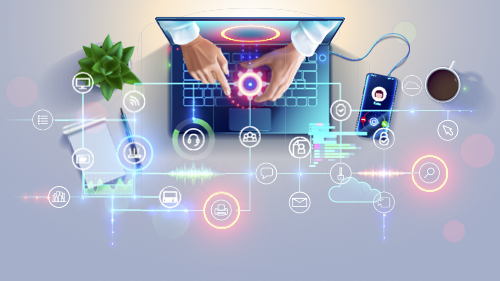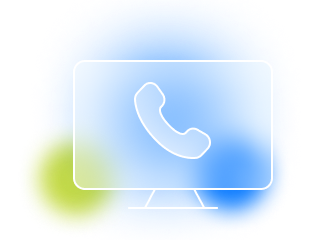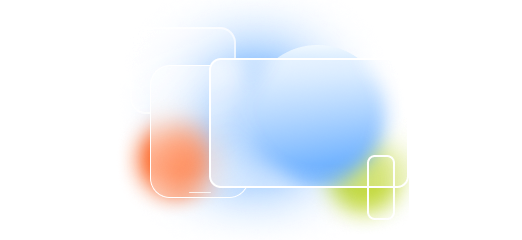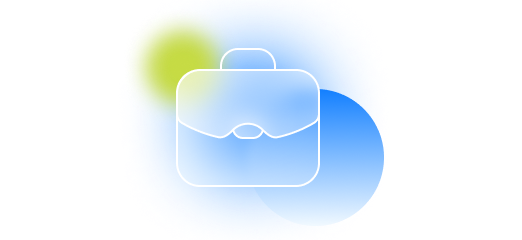K-12 teachers and administrators have long seen the value of leveraging advanced technology in education. It vastly improves the quality of the learning experience. Upon the onslaught of the COVID-19 pandemic, advanced technological tools such as mobile device management (MDM) software quickly become a necessity for making remote learning a reality. And MDM software remained in high demand for K-12 schools, even after life went back to normal.

MidAmerica Nazarene University (MNU) performed a survey in mid-2018, some 18 months before COVID-19 hit hard in the US. The survey revealed that fully 82% of K-12 teachers already agreed that educational technology tools such as laptops, tablet software, learning apps, smart boards, and student portals “have not only brought the classroom into the modern age but have also enhanced learning and teaching.” Also according to the report:
- 42% of student work is now done using pencil and paper.
- 66% said the school supplies the device.
- 25% said students bring the devices themselves.
- 9% said their schools don’t allow laptops or tablets.
Meanwhile, due to closures of brick-and-mortar schools spawned by COVID-19, many K-12 school districts have been scrambling over the past six months to buy up mobile devices for students who don’t already own them. FutureSource Consulting predicted an increase in shipments of laptops, tablets, and Chromebooks. They estimated an uptick from 14 million units in 2019 to 18 million in 2020–an increase of four million units! Emergency funding through the CARES Act and GEER Fund helps bolster device sales in the education market for remote learning.
Reasons Why K-12 Schools Need MDM Software
Here are five reasons why K-12 schools need MDM software systems to accompany their advanced mobile hardware and software apps.
1. Curated Learning Environment
Mobile devices allow schools to expand the classroom. But, they also give students more opportunities to access inappropriate content, notes EdTech Magazine. An MDM software platform provides monitoring and management of these devices. MDM software can make sure the students use the devices responsibly. It can track the students’ usage, whether in classrooms, at home, or in libraries, parking lots, or other remote locations.
Essentially, MDM suites consist of policy, configuration, and management tools, topped by a management overlay for administering OS-specific apps and content. Educators can set up these devices with specific content that students will use during remote learning. At the same time, they can also apply certain restrictions and other settings. Some other core functions include OS configuration management; hardware inventory; and mobile app inventory, deployment, configuration, updating, and removal.
2. BYOD Support
Even prior to the pandemic, some K-12 school systems augmented classroom computers with a BYOD (= Bring Your Own Device) policy. That enabled students to take their own laptops or tablets to school if they prefer. In light of COVID-19 school closings, school systems ranging from New York City (NYC) to the small municipality of Zeeland, MI were trying to bridge the “digital divide”. They provided devices and WiFi services to students who didn’t already have access to these tools.
But there are challenges as well. Over 300,000 students in the NYC public schools–almost one-third of the total school population–don’t have an adequate device at home for remote learning, according to the New York Post. At the same time, schools throughout the nation face a supply shortage caused by increased demand. This was exacerbated by reduced production of devices in China, another country badly stricken by COVID-19. However, many MDM software systems today support PCs, tablets, and smartphones running different OS, such as Windows, Chrome OS, and Android. This allows school departments to provide cost-effective support for multivendor BYOD devices already owned by students. This supplements the devices obtained by school systems for kids in need.
3. Cybersecurity
Unfortunately, taking learning out of the classroom also raises the chance of attempted network incursions. Hacking has happened not just on corporate networks but on school networks, too. Yet MDM software not only manages and monitors multivendor mobile devices but also helps to provide cybersecurity, as well.
Just for starters, these systems let administrators set and enforce security policies. MDMs provide a connection to secure back-end repositories such as SharePoint and Documentum. Users can use these repositories to store and back up content and pull it to their devices. Additional capabilities include roaming download restrictions and audit logging to track who accesses files. Features for pushing out content are also present. Many systems can employ additional cybersecurity capabilities to provide a complete monitoring, management, and security solution.

4. Remote Help
Many of us have been there as adults, too. Let’s say you’re working on your laptop at home. Suddenly your email goes down, you lose the file you were working on, or you can’t print out your document.
Imagine being a 9-year-old or 11-year-old faced with a scenario like that when your homework is due the next day. Clearly, technical glitches like these can get in the way of positive learning experiences. Consequently, the best MDM software includes remote help features. They will let an administrator take control of the ailing device, perform troubleshooting, and fix the problem right away.
5. Theft Prevention
Adults sometimes lose their possessions, too. But kids of certain ages are especially famous for it. In the past, a student might leave a paper report card or permission slip on a bus or park bench. Now, however, students today can lose mobile devices that are expensive for parents or school systems to replace.
There are theft insurance and warranty programs available for mobile devices. But it makes more sense from both security and cost-effectiveness perspectives to be able to quickly locate, disable, and recover a missing device than to obtain and configure a new one. Therefore, focus on finding an MDM system with features such as the ability to track, lock, and wipe remote devices.
Look to Radix
The Radix MDM enables school systems, government agencies, and businesses to provide central monitoring, management, and security for as many as thousands of users of multivendor devices. Administrators receive a birds-eye view of all connected devices.
As an anti-theft measure, the Radix MDM provides a geofence tracking and alert system that triggers a series of visible and silent measures. It can track the device’s location and lock it. Or, you can set the Radix MDM to send the device location to the administrator. Other options include wiping important content, turning on voice and visual sirens, and more. Geo-fencing also creates active fences or “safe zone” perimeters on the map. The minute a protected device crosses over the “fence,” it activates the track and alert mechanism.
To learn more about Radix’s mobile device management solutions or remote learning capabilities, contact us today!





